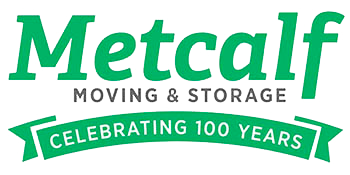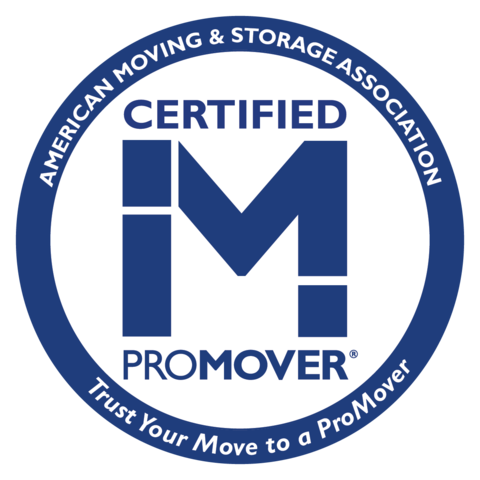METCALF MOVING BLOG
Practical Methods for Relocating Your Office
Moving an office differs from relocating a residence, notably because far more moving parts and people are involved. This kind of transition can be expensive and overwhelming in many cases, but it doesn’t have to set you or your bottom line back too much.
Fortunately, there are several ways to trim costs and make the moving experience much easier and more streamlined. Here are some practical methods for relocating your office.
Step One: Do Your Research
Once you get the ball rolling on an office move, it’s hard to stop it. So, you need to ensure your destination office is ideal for you and your employees before making an official announcement.
Consider elements like the cost of living, proximity to customers and clients, and ease of access for your workers. Sometimes, you may be scaling up, so you’ll need a higher operating budget. But, if you’re scaling down, you want to ensure you’re cutting costs in all the right places.
Step Two: Determine You Can Do In-House
While packing and moving isn’t part of an employee’s job description, most workers are willing to help pack their belongings and other small items. If everyone can do that, you’ll be able to get most of the smaller pieces packed and ready to go in no time.
You can even schedule an “in-house packing day” where all workers pack their desks or offices so the movers can just take the boxes to the truck.
Step Three: Assign a Project Manager
With so many moving parts and individuals involved, it’s easy for an office move to become hectic and overwhelming. Since the goal is to cause as little disruption to your operations as possible, you’ll want to assign an internal project manager during the whole process.
Having a single person (with one or two assistants, as needed) oversee the transition makes it much easier to coordinate each component. When everyone is trying to figure things out at once, that can lead to redundancies, delays, and inflated costs.
It’s also imperative to know what kind of authority the project manager will have, especially when directing staff members or approving expenditures. Overall, it’s best to set a budget and have a dedicated moving team to handle logistics and details.
Step Four: Start With Practicality
In most cases, there will be a transition period after moving, where you and your team settle into the new office. So, while it is nice to have decorative items and showpieces ready immediately, you should wait for those added costs.
Alternatively, you can be strategic about which areas are “customer-ready” once you move. For example, instead of decorating the entire office, you only decorate a single conference room or lobby.
Get Help Moving Your Office
While employees can help with some of the packing and unpacking, there will be too much for one set of people to move on their own. Instead, it’s best to call in the pros to ensure everything runs as quickly and smoothly as possible so that your office is up and running quickly. We’re your go-to resource for office moves, so contact us when it’s time!












